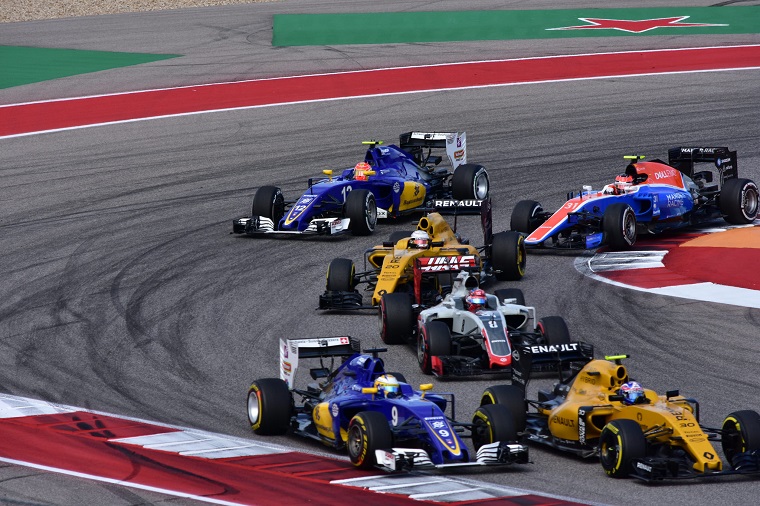

F1 2017 CHANGES HOW TO
HOW TO IMPROVE LAP TIMES FURTHER – A WEIGHTY ISSUE…Īn unfortunate side effect of the new technologically advanced hybrid power trains is weight.
F1 2017 CHANGES DRIVERS
The cars looked spectacularly quick through the corners confirmed that F1’s top corners were taken at 30kmh faster in 2017 compared to 2016!Īs a consequence the G-forces experienced by the drivers have also increased significantly requiring the drivers to work extra hard in the gym pre-season to beef up their neck muscles. Out of the 20 races held over the course of 2017 there were 11 new lap records set.
F1 2017 CHANGES FULL
So while they may not have achieved a full five seconds per lap improvement on average, the 2017 cars were certainly quicker. We compare the times for 2017 with those achieved on the same tracks in 2016.įor each metric we exclude tracks where wet conditions in either or both years prevented a reasonable like for like comparison. In order to assess the speed improvement achieved in 2017 we’ve chosen three different measures of lap time: fastest qualifying time, fastest lap time during a race, and the median lap time of the winning driver. A change was required – there was a need for speed.Įmbed from Getty Images SO JUST HOW FAST WERE THE 2017 CARS?

But it was commonly agreed that the pinnacle of motorsport needed to be significantly quicker than other categories. It is debatable whether faster lap times alone actually improve the F1 spectacle or the quality of wheel to wheel racing. One overriding goal of these changes was to improve lap times by a full 5 seconds a lap. The pole time for the 2015 Spanish Grand Prix was nominated as a specific target reference. More powerful engines, fatter tyres, wider chassis, lower and larger rear wings – the cars re-acquired many of the characteristics associated with Formula 1 in the late ’70s and ’80s – the “Golden Era” of F1 as we discussed in The Best Season in Formula 1 History.
F1 2017 CHANGES DRIVER
They came amid growing dissatisfaction among viewers with the direction F1 was taking in the hybrid era, while also acknowledging the significant improvements in driver safety that have been achieved over the years. The rule changes for the 2017 season were designed very much with the fans in mind. For this reason the FIA has on many occasions introduced rule changes designed to counter the inexorable rise in speed.Ģ017 was different… THE 2017 RULE CHANGES Increased speeds inevitably also increase the risks faced by drivers in the event of an accident. Greater speeds are certainly thrilling for fans watching their heroes do battle. As a result, in the absence of rule changes speeds tend to creep up and lap times reduce year by year. The teams continually strive to improve the performance of their cars subject to the constraints dictated by the existing rule regime. Later, this introduction proved its worth for Sauber driver Charles LeClerc when a McLaren driven by Fernando Alonso landed on him at the beginning of the Belgian Grand Prix. F1 also banned shark fins and t-wings, increasing the minimum weight to 734 kilograms (1,618 lbs).Formula 1 is a perpetual engineering and technological arms race. In 2018, the Halo Cockpit Protection System, initially a controversial measure, became mandatory. While the teams worked to improve their performance, F1 made further rule changes. However, that decision didn’t pass after teams presented data demonstrating that refueling would make F1 racing worse rather than improve it.īased on the pace presented at the venues that appeared in the 20 calendars, the average lap time drop was 4.2-seconds (that was just a start for this generation of F1 cars). Take note that this was when F1 wanted to bring back refueling. For instance, the original target set by the F1 strategy group in 2015 was for the 2017 F1 cars to be 5 to 6 seconds faster on each lap. These changes also affected the lap times, which dropped significantly.


 0 kommentar(er)
0 kommentar(er)
